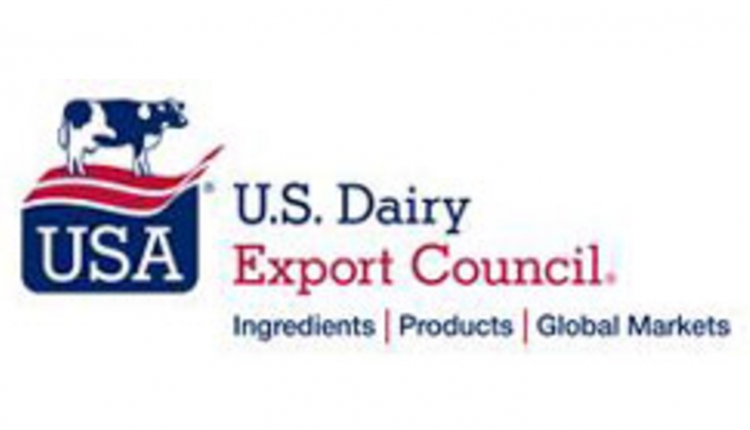The information below has been supplied by dairy marketers and other industry organizations. It has not been edited, verified or endorsed by Hoard’s Dairyman.

GREEN BAY, Wis. — Farmer-led conservation groups are making a difference across Wisconsin as they trial new techniques that improve soil health and increase yields.
Farmers engaging in conservation research on their farms shared how they got started and how they continue to move forward in exploring on-farm sustainability during a panel discussion at the 2024 Dairy Strong conference.
Sustainable practices such as planting cover crops and using no-till techniques are growing in popularity as farmers discover their benefits, said Jeff Gaska, who has a 35-head cow/calf herd operation that is growing corn, soybean, wheat and rotational grazing on 450 acres in southwest Dodge County.
Using cover crops — smaller plants, such as rye, clover and other groundcovers that are planted alongside a main crop, such as corn — improves soil health by adding more organic matter and improving water infiltration, he said. A member of the Dodge County Farmers Healthy Soil & Healthy Water, Gaska goes back after each crop is planted and sows a cover crop.
Last year, Gaska planted corn and then sowed rye in as a cover crop.
“I keep careful track of what I plant and the different yields to help decide what to do in the future,” he said.
In addition to using cover crops, Gaska uses no-till farming practices, which means the soil is not turned over before the seed is planted. No-tilling decreases erosion, especially on sandy or sloping fields. He’s used no-tilling on his corn crops for the past 10 years and said he would not go back to planting crops using the traditional method.
Besides using cover crops and the no-till method, Gaska also plants grass on some of his less productive land and wants his cows out grazing as much as possible.
“That lowers the feed cost and we don’t need to worry about the manure hauling since they are out in the fields, adding nitrogen to the soil,” he said. “It’s also better for the animals to graze.”
Gaska takes a holistic approach in evaluating the success of his farming techniques. He said if he plants more grass instead of corn, allowing the livestock to graze more and add weight, it is worth it.
“I look at everything as a whole. If I am down on the corn yield but saved money on seed and got a larger calf, I will take it,” he said.
At his farm in southwest Wisconsin, Mike Berget uses the no-till method on 95% of his 10,300 total acres. He has used no-till methods since 2010 and has no plans to ever go back.
“I combine the no-tilling with planting cover crops and I’ve seen my yields increase,” said Berget, a director of the Lafayette County Ag Stewardship Association, a farmer-led nonprofit that shares and promotes conservation practices. “We have also saved costs with fuel and labor by using no-till methods.”
Some of Berget’s land includes river bottoms and he needs to use traditional planting methods there due to the soil make-up. He works closely with the local Universities of Wisconsin Extension agent to find answers as questions come up.
“He also has some good suggestions about different varieties of cover crops to try, for example. I never thought of oats as a cover crop, but we tried it and it worked,” Berget said.
When growing cover crops alongside cash crops, it is important to know when to cut them back so they do not pull moisture away from the main crop, Berget said.
“It is a bit of a guessing game, but you watch the weather and pay attention to the crops and do what you think is the best,” he said. “The more you do it, the easier it gets.”
This year’s Dairy Strong conference brought more than 400 attendees, representing over 280,000 cows, and industry professionals to the KI Convention Center.

Jeff Gaska


